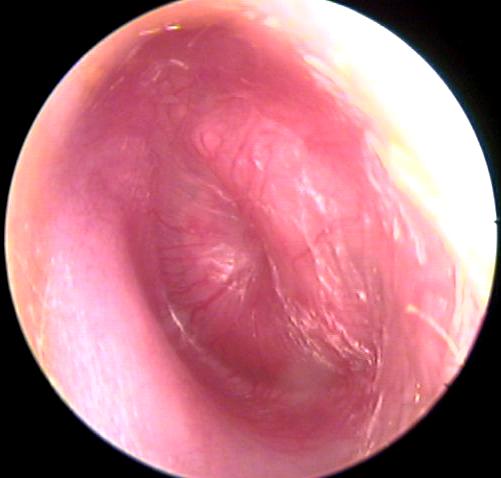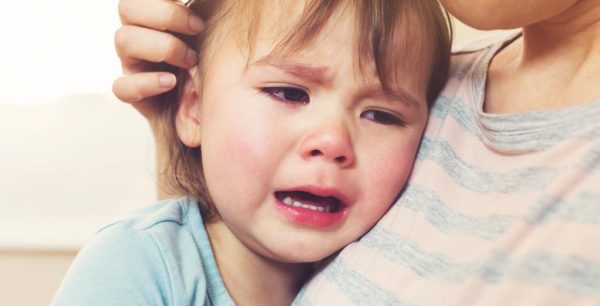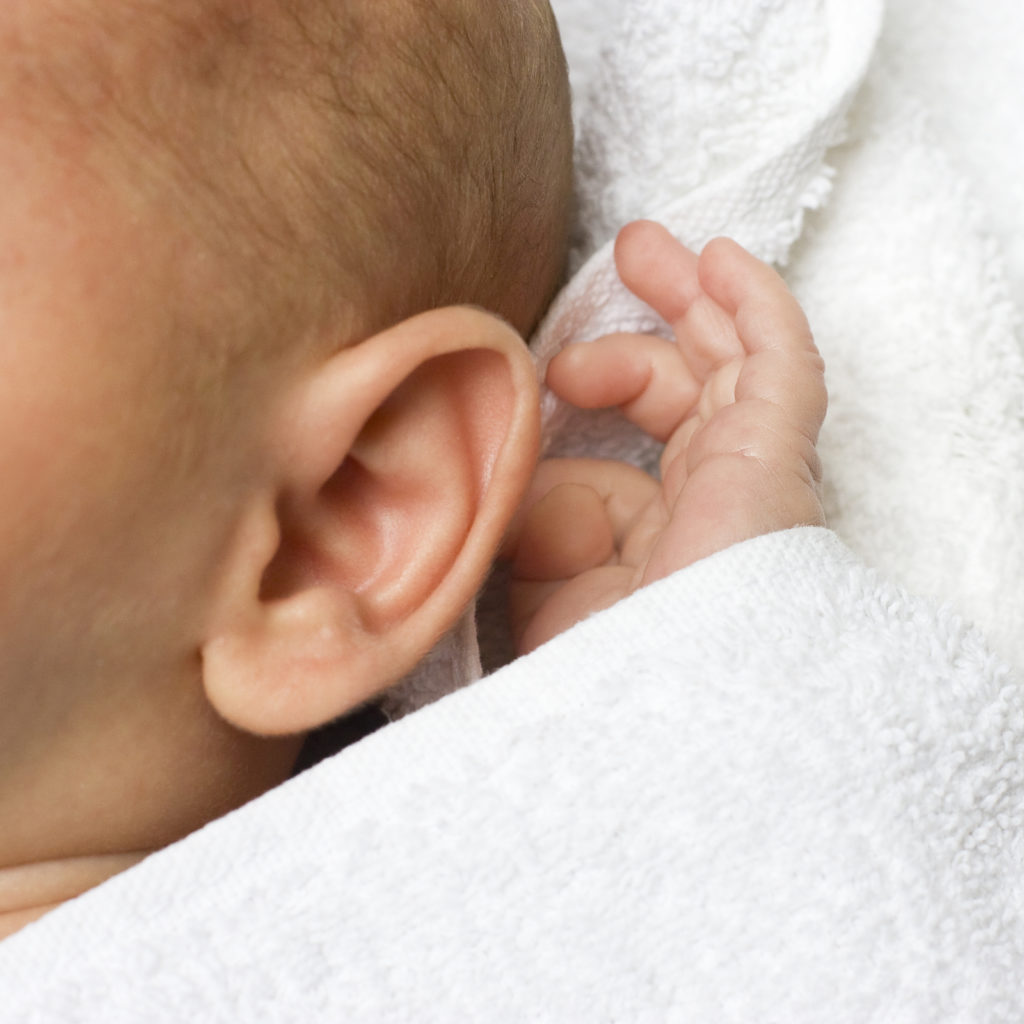Otitis Media Infection is an infection or inflammation of the ear. The so-called “middle ear” affects a small bone cavity of the middle ear, located exactly behind the eardrum. This cavity is connected by a duct, called the Eustachian tube, to another cavity, situated at the back of the throat and the nasal passages. It is often through this conduit that viruses or bacteria rise to the middle ear, following a cold or pharyngitis (sore throat). Otitis media can affect the entire population, but mostly affects children. It usually results in pain in the ear and fever. Whether caused by a virus or a bacterium (70% of cases), the otitis spontaneously heals within a few days in the vast majority of cases.
Otitis Media Infection Types
There are three types of otitis media. They have different causes and symptoms:
- Acute otitis: An infection of the middle ear that usually lasts 7 to 14 days.
- Persistent otitis: An infection of the middle ear that persists for more than 6 weeks. It also happens that there is fluid in the middle ear for more than 3 months, no sign of infection or pain. In this case, it is about serous otitis. It is often a complication of acute otitis.
- Recurrent otitis: When acute otitis reappears several times in the same season.

Otitis Media Infection Causes
1. Causes of Acute Otitis Media
- Most often, ear infections are the result of a viral infection, first manifesting by a cold or pharyngitis. Then, as a result of the nasal discharge, the viruses can gain the middle ear.
- In 60% to 70% of cases, a bacterial infection then associates with the viral infection (one speaks of bacterial superinfection).
- When the Eustachian tube swells or clogs, the risk of contracting acute otitis media increases. The Eustachian tube makes it possible to equalize the air pressure between the nasal cavities, the middle ear, and the outside air. It is also the way of the evacuation of the “waste” of the ear.
- Sometimes, after a cold, the fluid of inflammation is badly evacuated by this conduit. This results in a change in pressure and an accumulation of fluid inside the middle ear, thus forming an ideal medium for the proliferation of microbes.
2. Causes of persistent and recurrent otitis
- The persistence of infected fluid in the ear, after acute otitis
- A perforated eardrum that has not closed up contributes to the persistent infection of the middle ear
- Allergic rhinitis (or hay fever) or untreated allergies
- Inflammation of the adenoid glands (when infected, they can block the Eustachian tubes)

Otitis Media Infection Complications
- Acute otitis rarely causes serious complications. Its most frequent complications are serous otitis and recurrent otitis.
- Serous or recurrent otitis media can lead to loss of hearing. This can, in some cases, hamper and delay language learning in children, hence the importance of identifying and treating them.
- Among the rare but still possible complications of middle ear infections are labyrinthitis, mastoiditis, meningitis, facial paralysis, and cholesterol. Labyrinthitis and mastoiditis are forms of internal otitis.
- In addition, during infection of the middle ear, the internal fluid exerts pressure on the eardrum, which can become very painful. Perforation of the eardrum may ensue.
- There then flows pus or blood from the affected ear. This may seem disturbing, but the rupture of the tympanic membrane relieves the pain and most of the time heal itself in a few days. If the tympanic membrane is often punctured, surgery may be necessary.

Symptoms of otitis media
In children, especially in infants, the symptoms of acute otitis can be misleading. Here are the most common:
- Fever often high
- Pains in one or both ears, which cause the child to touch his ear frequently
- Cries, irritability, difficulty falling asleep
- A lack of appetite
- A liquid that flows from one ear
- A decrease in hearing (the child does not react to weak sounds)
- In some children, otitis is manifested by digestive disorders (diarrhea, vomiting)
Good to know: The majority of children may have fluid in the middle ear for 2 months after the infection has subsided. Most of the time, the fluid creates only slight discomfort.
Symptoms of serious otitis: Serous ear infections can easily go unnoticed, as they do not cause acute pain. The major symptom is hearing loss or its main complication, delayed language. Serous otitis is very common in children from 3 years to 6 years. If you notice that your child is hearing poorly, talk to your doctor.
In the adult:
- A pulsatile pain (rhythmic by the heartbeat) in the ear, which can irradiate into the head
- A clogged ear feeling leads to a decrease in hearing
- A general malaise (lack of energy, irritability, difficulty in sleeping, etc.), sometimes accompanied by a high fever
- Buzzing of ears
- Sometimes a discharge of yellowish secretions through the ear canal (indicating that the eardrum is perforated)
- Dizziness, loss of balance, dizziness
- A common cold often precedes otitis media
Basic Preventive Measures
- Wash hands regularly. Teach children to do the same. This is the main way to prevent the common cold, which can lead to an ear infection.
- Avoid exposure to second-hand smoke from tobacco. Children exposed to second-hand smoke are at much greater risk of getting otitis media.
- Besides, healing is often longer. There is evidence that children whose parents smoke at home have up to four times more otitis than children who live in a smoke-free environment. Second-hand smoke affects the proper functioning of the Eustachian tube and the protective properties of the nasopharyngeal mucosa.
- Choose a small daycare center as much as possible. The greater the number of children in the nursery or nursery, the greater the risk of exposure to colds.
- Emphasize breastfeeding as much as possible. According to experts at the Mayo Clinic in the United States, bottle-fed babies are 2 to 3 times more at risk of ear infections than nursed infants.
- Breastfeeding enhances the baby’s immune system. It also makes the Eustachian tube hang less easily, for reasons still unexplained. A meta-analysis published in 2006 indicates that exclusive breastfeeding for the first 4 months of life and up to 6 months as far as possible reduces the number of acute otitis media in children aged 6 months to 2 years.
- Use the bottle thoroughly. It is essential that the baby is in a vertical rather than a horizontal position while he is drinking his bottle. In addition, do not allow a child to fall asleep with a bottle, as this increases not only the risk of catching an ear infection but also that of caries.



